
Layout of the German tank Landkreuzer P.1000 Ratte (draft)
In 1942, Krupp engineer Edward Grote proposed to Hitler to create a tank weighing 1,000 tons. It was planned to install two naval guns with a caliber of 280 millimeters on the tank. In order for the tank under its weight not to fall into the ground, it was supposed to install tracks 3.5 meters wide on it. The final dimensions of the land cruiser were 35 meters in length and 14 in width.
The giant tank was planned to be equipped with two diesel 24-cylinder engines MAN V12Z32 / 44 with a capacity of 6,256 kW (8,500 hp) each or eight 10-cylinder diesel engines Daimler-Benz MB 501 with a capacity of 1,472 kW (2,000 hp) ) Estimated estimated speed could be about 40 km / h. At the end of 1942, drawings of the tank were prepared, which received its own name - “Ratte” (rat).
Despite the fact that the tactical value of this tank was not great, Hitler still authorized its design. A little later, another version of the tank weighing 1,500 tons was proposed, which was called the Landkreuzer P.1500 Monster. It was supposed to use engines from submarines. However, in 1943, the Ministry of Armaments and Ammunition closed both projects.
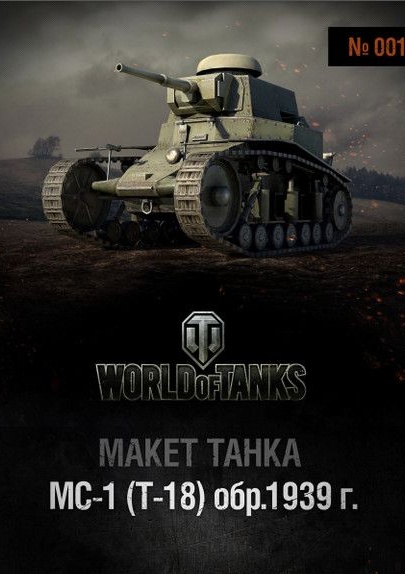
Model of the Soviet tank MS-1
Tank MS-1 (T-18) is the first mass and serial Soviet tank that was fully developed in Soviet Russia. Some design solutions were adopted from French and Italian machines, but the MC-1 was superior to foreign analogues in many technical parameters.
The first Renault FT tanks were unloaded at the port of Odessa together with the French and Greek infantry units on December 12, 1918, and on March 18, 1919 four tanks were captured. One of the tanks was sent to Moscow as a gift to V.I. Lenin personally, and three were taken to Kharkov. V.I. Lenin really liked the trophy, and he decided to show it at the May Day parade in Moscow. After that, it was decided to manufacture tanks in the RSFSR.
The first 15 tanks were manufactured in 1920-21 at the Krasnoye Sormovo plant in Nizhny Novgorod. Each of the cars was given its own name.
From 1928 to 1931, about 1,000 MS-1 (T-18) tanks were mass-produced. In 1938, the tank was modernized. But according to the results of field trials, this modernization did not give the desired results.
To date, about 20 MS-1 tanks have survived, which are on display at various museums and in the form of monuments.
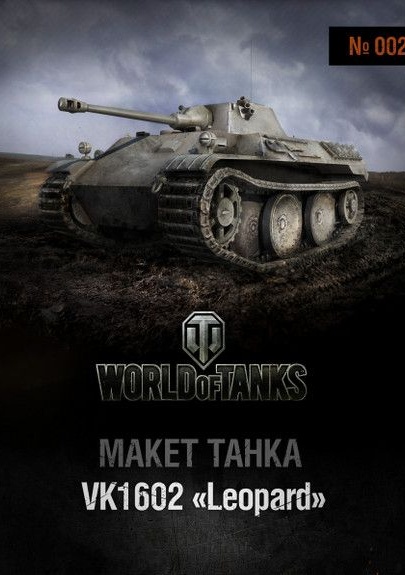
Model of the German tank VK1602 "Leopard"
Despite the fact that the tank with the “cat” name “Leopard” was designed for a very long time, it was never embodied in metal.
VK1602 "Leopard" was supposed to be the only representative of a new class of armored vehicles "gefechtsaufklärer" ("reconnaissance and combat"). It was developed as a replacement for the VK1303 tank and the further development of the VK1601 experimental tank (Pz.Kpfw II Ausf.J). In 1941, MAN began work on the project and received a contract for the supply of 5 pre-production copies. At the end of November, drawings were prepared for the construction of a wooden model of the machine.
At the same time as MAN, Daimler-Benz was engaged in similar developments.
In 1942, it was planned to release the first production "Leopard", and then reach the pace of 20 tanks per month. But customer requirements have changed, and the first copy was never released. At the beginning of 1943, the final cross was put on the development of VK1602, since it no longer met the requirements of the military.
However, some developments of the tank VK1602 "Leopard" served as the basis for the creation of other armored vehicles.
At the moment, there are several small-scale plastic models of this tank.

Model of the American tank T1 Cunningham
In the 20s of the last century, the command of the American army recognized the M1917 tank, which at that time was in service, outdated and decided to create an improved light tank weighing no more than 5 tons. For this purpose, engineers from the company Cunningham, which at that time produced popular tracked tractors, were involved. After familiarization with foreign designs (primarily the British Medium Tank Mk.II), a prototype of the T1 light tank was created. Field tests of the prototype showed that the tank requires numerous changes in design, as the tractor past made itself felt. Although the tank could reach a record speed for that time of 29 km / h, the high-tech chassis could not cope with overcoming various obstacles in rough terrain.
The next prototype T1E1 received an improved hull design and in 1928 was adopted with the assignment of the M1 index. After military tests, a modification of T1E2 appeared, which had a more powerful engine and a modified tower.
The latest T1 modification was the E3 variant. But all these upgrades did not allow the T1 tank to be launched into mass production. To date, only one instance of the T1E2 tank has been preserved.

Layout of the Soviet self-propelled gun SU-26
During the Second World War, many interesting machines based on the T-26 tank were created at industrial enterprises both in our country and abroad. One of these structures is a self-propelled unit, which was produced by the workers of the besieged Leningrad. But information about these armored vehicles is very limited. The documents of the 124th tank brigade, which was formed in Leningrad in September 1941, contain the following entry: “The brigade has 37 mm cannons - 5, two of which are on the T-26 chassis.” But what these self-propelled guns looked like, unfortunately, could not be established.
Self-propelled guns with a 76 mm regimental cannon of the 1927 model were also manufactured on the basis of the T-26. The gun had an armored shield, which provided protection for the calculation of the front and sides. They were made at the Kirov hoisting-and-transport equipment plant.
According to the documents, they passed as SU-T-26, T-26-SU, SU-26 or simply as SU-76. According to the report, 14 self-propelled guns were produced. All of them entered service with tank brigades of the Leningrad Front. As of May 17, 1942, the 220th tank brigade had four 76-mm installations based on the T-26, which were operated until 1944.
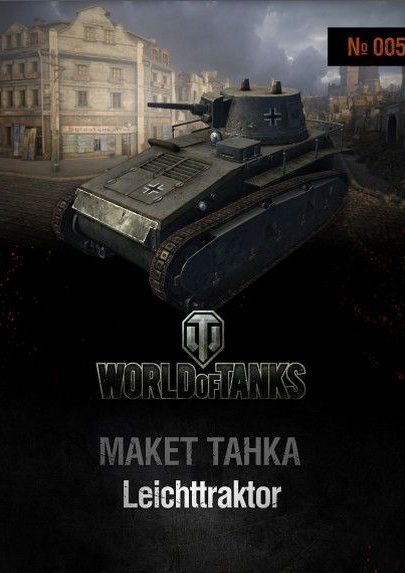
Layout of the German light tank Leichttraktor (Rheinmetall)
After the First World War ended and Germany found itself in the role of the “losing side”, harsh conditions of surrender were imposed on it. Under the terms of the treaty, Germany lost about 90% of its heavy weapons. But later, the union commission of the victorious countries allowed the construction of a small batch of armored vehicles.On March 28, 1928, the Reichswehr command announced a competition for the construction of a tank weighing up to 12 tons. According to the project documentation, the tank passed under the name VK 31.
The competition was attended by three major companies (Daimler-Benz, Krupp and Rheinmetall-Borsig). But later, Daimler-Benz refused to participate in the competition. Rheimetall engineers had no experience in building a tank chassis and therefore used the undercarriage from the caterpillar transporter. Krupp engineers did not trust the tractor chassis and decided to develop an original chassis design.
The Soviet Union also took part in the formation of German tank troops. In December 1926, an agreement was signed on the creation of a Soviet-German tank school. But later, Soviet military experts decided that the VK 31 was not of interest to the Red Army.
In total, four tanks were built, which were used in Germany as training vehicles.
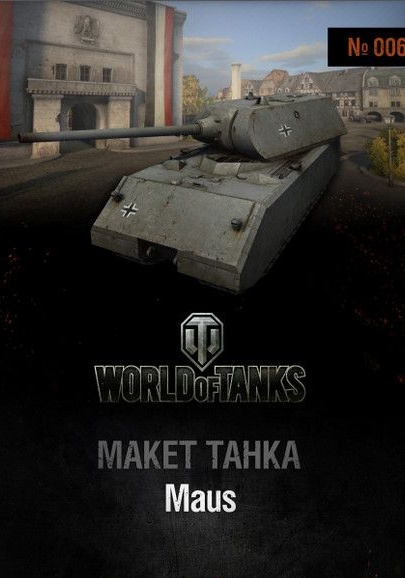
Model of the German tank Pz.Kpfw. Maus
Before the outbreak of World War II, German intelligence services repeatedly received reports of Soviet miracle tanks that possessed transcendental technical data. After the Germans saw the Soviet KV tank, they finally believed in the possibility of the existence of tanks of unprecedented size in the USSR.
First, German engineers began to design the design of the breakthrough tank, which received the VK index 70.01. Later it was renamed to VK 72.01 (K) and assigned the designation Pz.Kpfw. Löwe ("Lion"). In June 1942, the Lion project was closed, since Hitler had the idea of constructing a new super-powerful Mouse tank.
A contract for its development was signed with Professor Porsche. According to the technical specifications, the Mouse was supposed to have a weight of 160 tons, and was armed with two guns (150 and 105 mm). But in the end, the weight of the tank turned out to be 188 tons, which greatly complicated its movement on bridges.
Two prototypes of the Mouse heavy-duty tank were made, but they did not manage to test them in real combat conditions. One of the tanks was blown up, and the second was partially understaffed.
Both prototypes went to the Soviet Union. They were carefully studied and sent to the USSR. Later, one of the remains of two tanks was collected, which is now on display at the Tank Museum in Kubinka.
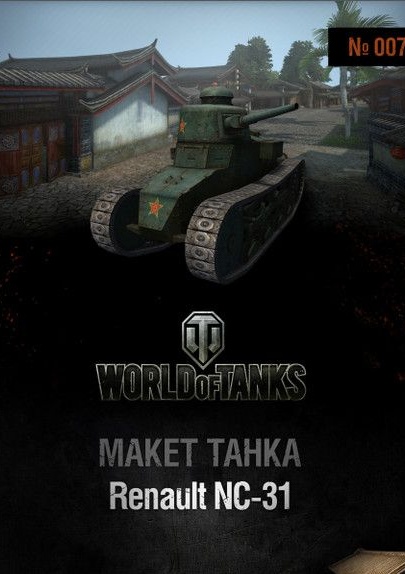
Layout of the French light tank Renault NC-31
The NC index in the marking of French tanks was planned to be replaced with armored vehicles, which were supposed to replace the obsolete Renault FT-17.
In 1923, Renault signed a contract to develop two prototype tanks. They were given the names NC-1 and NC-2. Both tanks were almost the same. When building prototypes, they used the FT case, installing a more powerful engine and a new chassis. The crew and layout of the tank remained the same. In field trials in 1926, the NC-2 prototype showed a top speed of 18.5 km / h. It was a record for all French tanks at that time. Also, fuel consumption decreased, which increased the range of the tank. The use of a new caterpillar allowed to increase the ride smoothness. And yet, after all the modernization of the chassis, the tanks were notable for low maneuverability in sand and mud. The first NC-1 prototype also passed the tests, but the French army abandoned it.
The experience in building the NC-27 and NC-31 tanks was very interesting to specialists from other countries, including Soviet tank builders. On the skeleton of the NC-27 in the USSR, the T-19 tank was made, but later they refused to mass-build this tank.

Model of the Soviet tank KV-2
During the tests of the experimental KV tank in the battles on the Karelian Isthmus in 1939, it was revealed that the armor protection of the new tank proved to be excellent. But the 76 mm cannon could not cope with the numerous concrete fortifications of the enemy. It was decided to equip four KV tanks with large-caliber guns. They decided to install a 152 mm M-10 howitzer of the 1938/1940 model on the new HF. Especially for this gun, a new large-sized tower was created. So the KV heavy tanks were divided into two types "tank with a large and small turret." Later they were assigned the designation KV-1 and KV-2.
But it was not possible to verify how the new guns behaved on the Karelian Isthmus, since the main strip of Finnish fortifications was already destroyed.Nevertheless, numerous flaws in the components and parts of the new tank were discovered.
At the beginning of June 1941, there were 134 KV-2 tanks in service. But battle-worthy of them were about 20 cars.
Nevertheless, the fascist invaders were panicky afraid of meeting the KV-2, since they did not have guns capable of seriously resisting the armored car.
The last time the tank took part in the battles near Moscow in the winter of 1941-1942. Only one copy of the KV-2 has survived to this day, which is located in the Central Museum of the Armed Forces in Moscow.
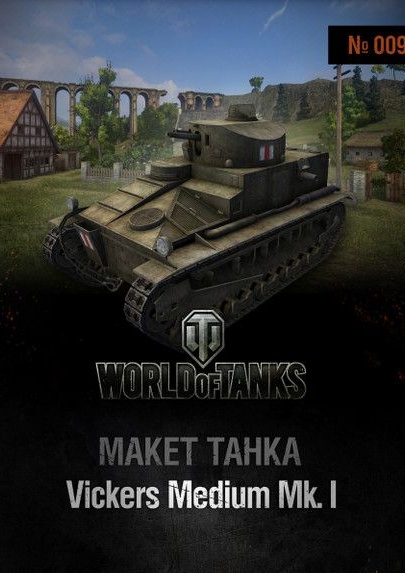
Layout of the English medium tank Vickers Medium Mk.I
The Vickers Medium Mk.I tank was created by Vickers in 1922-1923. At first he qualified as a light tank. But later, with the advent of lighter tanks, it was retrained into a medium tank. Mk.I was the first production tank with the placement of weapons in a tower of circular rotation, which was made in England.
Serial production was established from 1923 to 1925. Then it was replaced by a more modern Medium Mark II tank developed on its basis. It is not known exactly how many armored vehicles of the Mk.I type were produced. The total number of Mk.I and Mk.II was 168 vehicles, most of which were tanks of the latter type. In this regard, it can be assumed that the number of Mk.I could be several dozen pieces, about fifty or so.
The medium tank Vickers Medium Mk.I was put into service with the Royal Tank Forces of Great Britain in 1924, and withdrawn from service in 1938.
There were several modifications of this tank. In addition to the basic modification, cars with a slightly increased thickness of armor were produced, with a new rotary commander’s turret, with the replacement of a 47-mm gun with a 95-mm tank howitzer and some others.

Model of the Soviet heavy tank IS-3
After the bloody battles on the Kursk Bulge were over, a group of Soviet scientists began to study and analyze the characteristic damage caused by shells entering tanks. It turned out that various parts of the tank turret and hull were damaged in different ways. To answer all your questions, the design of a new tank was started.
All work was assigned to two design bureaus: Experimental Plant No. 100, which was headed by Zh.Ya. Kotin and A.S. Ermolaev, as well as the Chelyabinsk Kirov Plant, headed by N.L.Dukhov and M.F. Balzhi.
So a whole new one was born model tank breakthrough.
The heavy tank IS-3 (object 703) had an original flattened turret with a 122 mm D-25 gun for its time. And the large angles of the tower contributed to a greater ricochet of armor-piercing shells.
In May 1945, the first experimental batch of IS-3 tanks left the factory floor. But they did not manage to visit the battles. It is believed that the IS-3 participated in battles with the Kwantung Army in August 1945. On September 7, 1945, 52 IS-3 tanks marched along the Charlottenburg Highway at the Allied Forces parade in Berlin.
The Soviet IS-3 heavy tank was mass-produced until mid-1946. In total, 2,311 armored vehicles were produced.
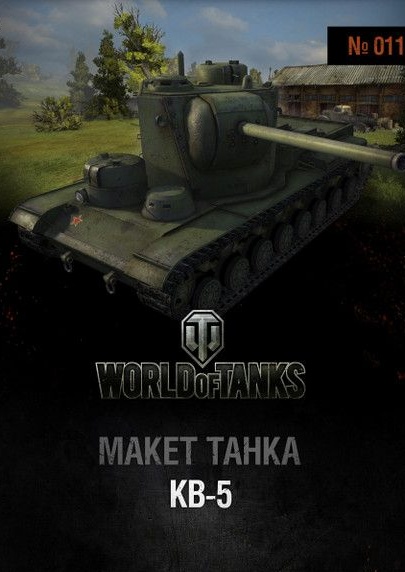
Layout of the Soviet heavy tank KV-5
Back in the 20s of the last century, the design of Soviet superheavy tanks was carried out. However, before the start of World War II, this question was posed rather sharply. On April 7, 1941, a resolution was issued by the Council of People's Commissars and the Central Committee of the All-Union Communist Party of Bolsheviks on the development of super-heavy tanks KV-4 and KV-5. The design of the tanks was entrusted to SKB-2 of the Kirov Plant under the leadership of J.Ya. Kotina.
When creating the KV-5 tank project, the KV-4 drawings were used, which were prepared by N.V. Zeitz. He became the head of the further design of the 100-ton KV-5. In order for a huge tank to fit in width on a railway platform, it was decided to make the tower of the car high, and the hull height was reduced to 0.92 m. Two standard diesel engines of 600 horsepower were used as a power plant. At the end of July 1941, the workers of the Leningrad Kirov Plant made some components and parts of the future tank on their own.But the work had to be curtailed, since the Nazis had already come close to Leningrad. It was planned to continue work after the evacuation of the plant in Chelyabinsk. But after the evacuation, all forces were devoted to improving serial armored vehicles and increasing their output.
Work on the creation of the KV-5 heavy tank was completely discontinued.
